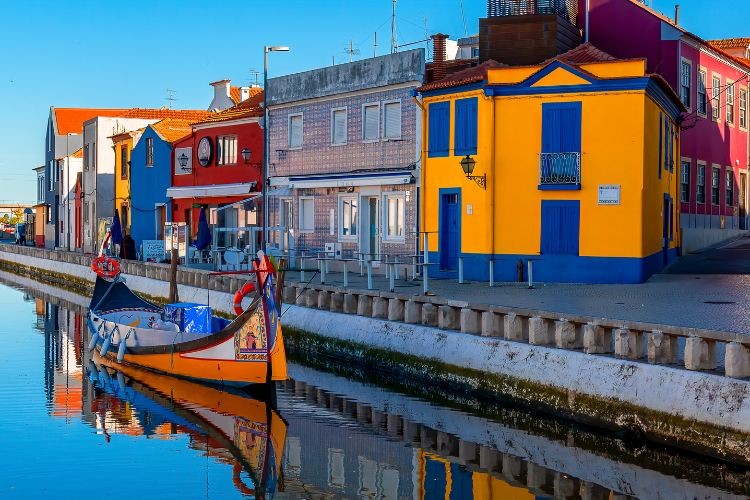Solar geoengineering, or solar radiation, long opposed by environmental campaign groups, has recently re-emerged in the climate change debate. Billionaires like Bill Gates, George Soros, and Facebook co-founder Dustin Moskowitz have expressed interest in solar geoengineering. This deeply controversial idea involves cooling the Earth by reflecting sunlight into space.
Bill Gates is backing the first high-altitude experiment of solar geoengineering to mimic the effects of a giant volcanic eruption and create a massive chemical cloud that would cool the surface. There are growing calls to accelerate research into solar radiation management (SRM), sometimes popularly referred to as solar geoengineering, especially as the planet moves closer to exceeding the 1.5-degree Celsius temperature limit.
The planet is just on the verge of exceeding this temperature threshold, beyond which the chances of extreme floods, droughts, fires, and food shortages increase dramatically. Scientists have even gone so far as to suggest blasting dust from the moon to Earth. This dust could act as a “shield” against the sun, reducing the amount of sunlight reaching the planet. “I wish there was no need for geoengineering. But there are no other, realistic options to keep warming below 2 degrees Celsius,” said Make Sunsets founder Luke Iseman.
Solar geoengineering has come back into the public debate recently, even though activists and environmental groups strongly oppose it. More than 60 researchers working at prominent institutions recently published a letter calling for a more rigorous study of this strategy and small-scale field experiments. Meanwhile, a UN report has suggested the time to start investigating whether solar radiation (SRM) could help combat the climate crisis.
The White House also announced in October last year that it is promoting a five-year research plan to evaluate ways to modify the amount of sunlight reaching Earth. Hundreds of climate scientists, however, are strongly opposed to the proliferating calls for solar geoengineering research and its potential development.
A public debate
Solar geoengineering has come back into the public debate in recent months, even though it is a topic strongly opposed by activists and environmental groups. More than 60 researchers working at prominent institutions recently published a letter calling for a more rigorous study of this strategy, as well as small-scale field experiments. Meanwhile, a UN report has suggested that the time has come to start investigating whether solar radiation (SRM) could help combat the climate crisis.
The White House also announced in October of last year that it is promoting a five-year research plan to evaluate ways to modify the amount of sunlight that reaches Earth. Hundreds of climate scientists, however, are strongly opposed to the proliferating calls for solar geoengineering research and its potential development.
What is solar geoengineering?
In its simplest form, solar geoengineering is an attempt to reduce the planet’s temperature through the reflection of sunlight or through methods of escaping more heat into space. Some of the methods involved, such as spraying sulfur dioxide into the atmosphere, are known to have harmful effects on the environment and human health.
Behind the idea is the model of volcanoes. When Mount Pinatubo erupted in the Philippines in 1991, the sulfur dioxide it spewed high into the atmosphere temporarily cooled the planet by half a degree Celsius. In 2022 when American startup Make Sunsets released two weather balloons into the sky above California’s Baja Peninsula, Mexico, the heated debate over one of the most controversial climate solutions began.
The balloons, filled with helium and a small amount of sulfur dioxide, were designed to float high in the stratosphere. There they would explode, and the sulfur particles reflecting the sun would dissipate, cooling the Earth, if only for a while. Some have dismissed the method, and it is unclear whether the particles were released or the balloons reached the stratosphere. However, the Make Sunsets experiment is significant as it marked the “switch” to a new climate method: solar geoengineering.
A highly controversial topic
Some climate scientists worried that humanity would exceed its emissions targets say further research into solar radiation is important to find the best way to balance those risks against a potentially catastrophic increase in Earth’s temperature. According to CNBC, the United Nations Environment Program, the world’s leading voice on the environment, said in late February that much more research needs to be done on the risks and benefits of SRM before it can be considered for deployment.
There are fears in the scientific community that tinkering with the planet’s thermostat could alter rainfall patterns and shift monsoons, with potentially devastating consequences for crops. The effects could vary From region to region, with some regions benefiting while others suffering, increasing the likelihood of conflict.




